When cooking, fresh and dried herbs serve different purposes: fresh herbs offer bright, delicate flavors best added at the end of cooking or raw, while dried herbs are concentrated and ideal for long-cooked dishes. The standard substitution ratio is 1 part dried to 3 parts fresh, though this varies by herb. This guide explains exactly when to use each type, substitution ratios, storage tips, and more.
Table of Contents
- Introduction
- What Are Fresh Herbs?
- What Are Dried Herbs?
- Comparison Chart: Fresh vs Dried Herbs
- When to Use Each Type
- Flavor Profiles and Intensity
- Cooking Methods That Work Best
- Storage and Shelf Life
- Buying Guide
- FAQ
- Conclusion
A Quick Introduction to Culinary Herbs
Cooking with herbs is like painting with spices — the right colors (or flavors) make all the difference. Fresh and dried herbs both play essential roles in the kitchen, but they're not always interchangeable. Knowing when to use one over the other can make your meals sing instead of just survive.
What Are Fresh Herbs?
Fresh herbs are exactly what they sound like: freshly picked plants used for flavoring food. Think basil, cilantro, parsley, thyme, dill, and mint. They have a vibrant color, strong aroma, and a bright flavor profile.
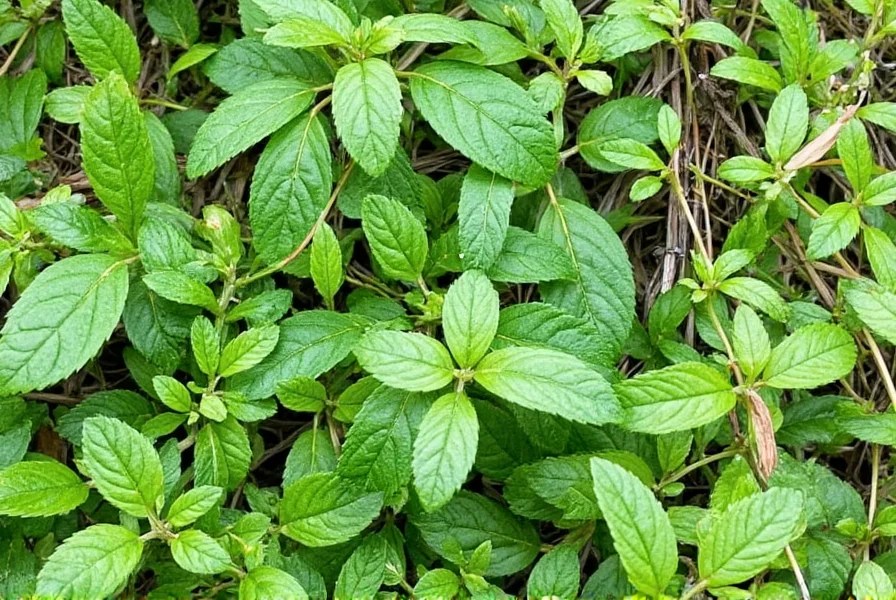
Most fresh herbs are soft-stemmed and leafy, making them easy to chop and toss into dishes at the end of cooking to preserve their flavor and texture.
What Are Dried Herbs?
Dried herbs are essentially the same plants as fresh ones, but with the moisture removed through air-drying or heat-processing methods. This process concentrates the flavors and extends shelf life.

Common dried herbs include oregano, rosemary, marjoram, sage, and thyme. Because they lack moisture, they're often more potent than their fresh counterparts and better suited for long-cooking dishes.
| Feature | Fresh Herbs | Dried Herbs |
|---|---|---|
| Flavor | Bright, delicate, aromatic | Concentrated, earthy, intense |
| Texture | Tender, moist leaves | Crumbly, dry leaves/stems |
| Cooking Time | Add near end of cooking | Add early; needs time to rehydrate |
| Shelf Life | 1–2 weeks refrigerated | 6–12 months stored properly |
| Best For | Salsas, garnishes, short-cook dishes | Stews, soups, slow-cooked meals |
When to Use Each Type: Practical Tips
Here's a quick cheat sheet to help you decide which herb to use when:
- Fresh herbs shine best in:
- Garnishing dishes (e.g., chimichurri on steak)
- Uncooked preparations like salads and salsas
- Dishes with short cooking times (e.g., sautéed vegetables)
- Dried herbs work well in:
- Slow-cooked recipes (stews, braises, sauces)
- Dishes where texture isn't important
- Rub blends and marinades
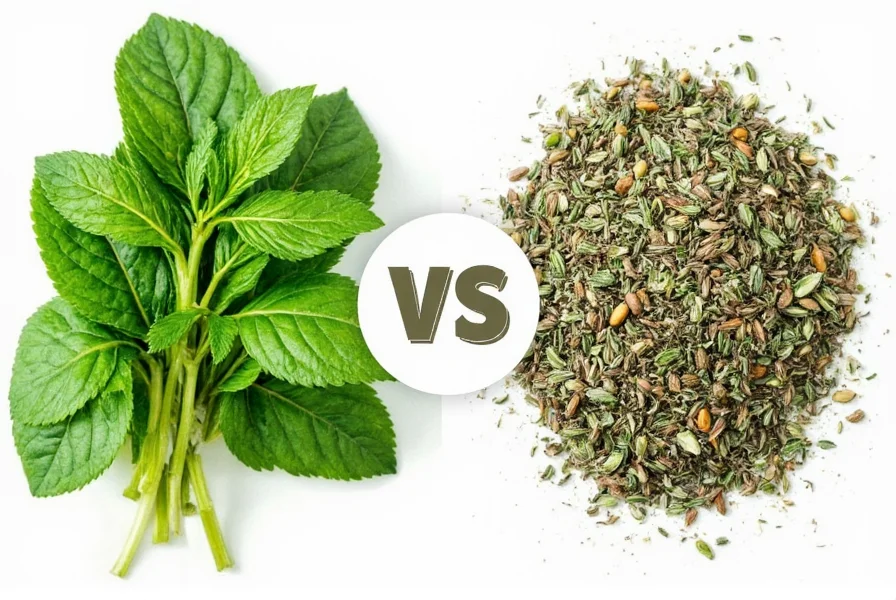
Understanding Flavor Profiles and Intensity
One key thing to remember: flavor intensity changes when you switch between fresh and dried. In general, dried herbs are about 3 times stronger than fresh ones. So if a recipe calls for 1 tablespoon of fresh basil, you only need 1 teaspoon of dried.
Some herbs lose their punch when dried. Cilantro and dill, for example, become muted and almost unrecognizable once dehydrated. On the flip side, robust herbs like rosemary and thyme gain depth and complexity when dried.
Cooking Methods That Work Best With Each Type
Choosing the right herb also depends on how you're cooking. Here's a breakdown by method:
- Grilling & Roasting: Dried herbs blend well with oils and fats, making them perfect for rubs and marinades.
- Sautéing: Add chopped fresh herbs toward the end of cooking to keep their brightness.
- Simmering: Let dried herbs simmer in broths and stews to infuse deep flavor.
- Raw Preparations: Always go fresh here — think tacos, hummus, tabbouleh, or caprese salad.
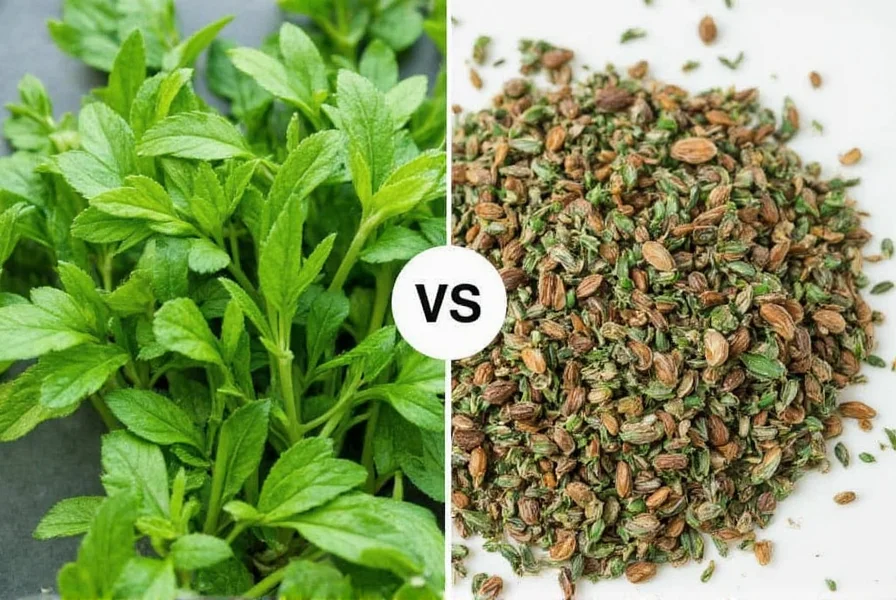
How to Store Fresh and Dried Herbs for Maximum Lifespan
Proper storage keeps your herbs tasting great and lasting longer.
- Fresh Herbs:
- Trim the ends and place in a glass of water like a bouquet.
- Loosely cover with a plastic bag and refrigerate.
- For longer storage, freeze chopped herbs in olive oil cubes.
- Dried Herbs:
- Store in airtight containers away from heat and light.
- Label jars with the date to track freshness.
- Replace every 6–12 months for optimal potency.
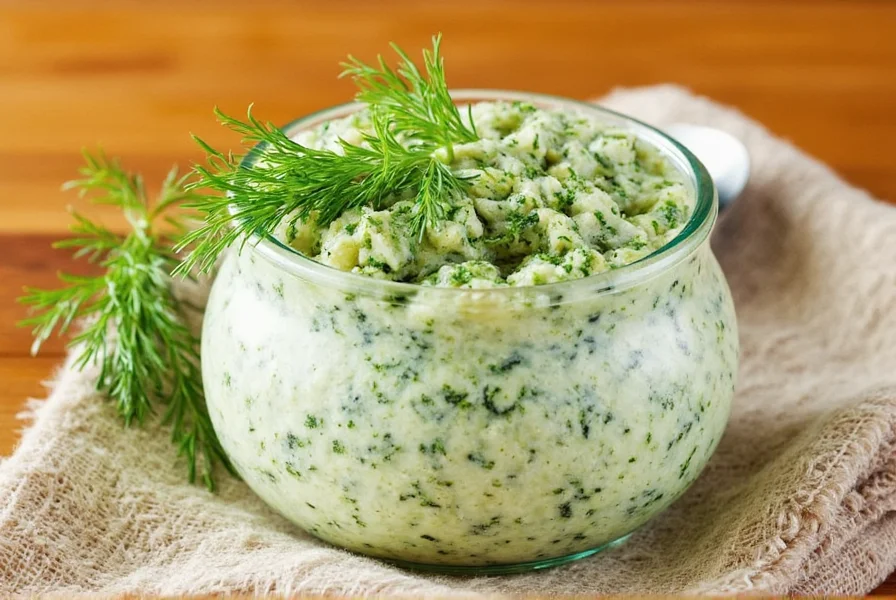
Buying Guide: Choosing the Best Fresh and Dried Herbs
Whether you're shopping at a farmer's market or browsing online spice retailers, here's what to look for:
Top Picks for Fresh Herbs
- Genovese Basil – Ideal for pesto and Italian dishes.
- Use Case: Salads, pasta, bruschetta
- Audience: Home cooks, gourmet chefs
- Cilantro – Essential for Mexican and Asian cuisines.
- Use Case: Salsas, curries, tacos
- Audience: Fusion food lovers
- Parsley (Flat-leaf) – Adds brightness to any dish.
- Use Case: Garnishes, Mediterranean dishes
- Audience: Everyday cooks and decorators
Top Picks for Dried Herbs
- Organic Oregano – Bold flavor for pizzas and pastas.
- Use Case: Tomato-based sauces, grilled meats
- Audience: Italian cuisine fans
- Dried Rosemary – Perfect for roasted potatoes and lamb.
- Use Case: Roasts, breads, infused oils
- Audience: Bakers and roasters
- Thyme Leaves – Subtle and versatile for soups and stews.
- Use Case: Braised meats, winter soups
- Audience: Comfort food lovers
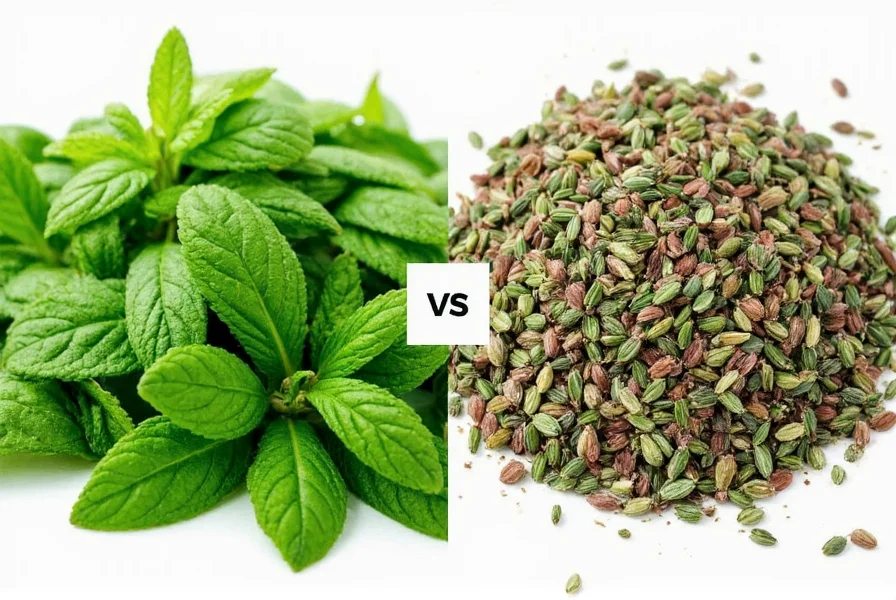
Frequently Asked Questions
What's the exact substitution ratio between fresh and dried herbs?
The standard substitution ratio is 1 part dried herbs to 3 parts fresh herbs. For example, if a recipe calls for 3 tablespoons of fresh basil, use 1 tablespoon of dried basil. However, this varies by herb: delicate herbs like cilantro may require even less dried substitution, while robust herbs like rosemary might use a 1:2 ratio.
Which herbs lose the most flavor when dried?
Delicate herbs like cilantro, dill, parsley, and chives lose significant flavor and aroma when dried. These should always be used fresh. Hardy herbs like rosemary, thyme, oregano, and sage actually develop deeper, more complex flavors when dried properly.
When should I use fresh versus dried herbs in cooking?
Use fresh herbs for: raw dishes (salads, salsas), garnishes, and dishes with short cooking times. Use dried herbs for: long-cooked dishes (stews, soups, braises), rubs and marinades, and recipes where texture isn't important. The key is to match the herb type to the cooking method — fresh for brightness, dried for depth.
How should I add fresh and dried herbs during cooking?
Add dried herbs early in the cooking process to allow time for rehydration and flavor release, especially in liquid-based dishes. Add fresh herbs near the end of cooking or as a garnish to preserve their delicate flavor and vibrant color. For example, add fresh basil to pasta sauce in the last 2 minutes of cooking.
Can I make my own dried herbs from fresh ones?
Yes! The best method is air-drying: tie herb stems in small bundles and hang them upside down in a warm, dark, well-ventilated area for 1-2 weeks. Alternatively, use a food dehydrator or oven set to 170°F (77°C) for 2-4 hours. Store homemade dried herbs in airtight containers away from light and heat.
Conclusion: Make Every Dish Sing with the Right Herb
There's no one-size-fits-all answer to whether fresh or dried herbs are better — it all comes down to what you're cooking and how much time you have. Fresh herbs bring vibrancy and visual flair, while dried herbs offer convenience and deep, complex flavors.
So next time you're standing in front of your spice rack wondering which herb to grab, take a moment to consider the dish you're making. A sprinkle of dried thyme might be the secret to your coq au vin, while a handful of fresh basil could turn a humble tomato sandwich into something magical.
Cook with confidence, season with intention, and most importantly — taste as you go!

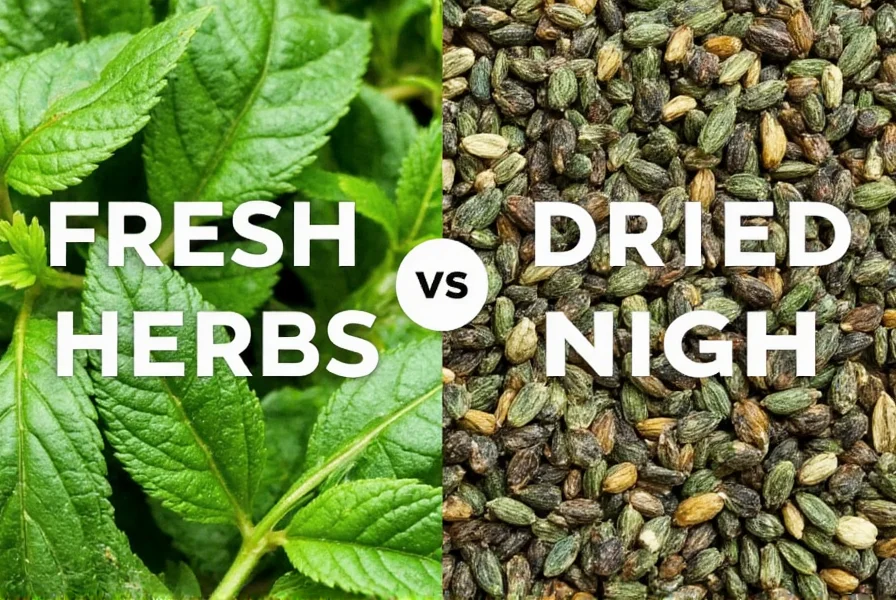









 浙公网安备
33010002000092号
浙公网安备
33010002000092号 浙B2-20120091-4
浙B2-20120091-4